Have you ever thought about why Japanese people have such shining and healthy-looking skin? Their youthful appearance is globally-recognized, earning them the nickname "glass skin." This look refers to skin that is so smooth, it reflects light like a glass pane, making it highly desirable. Luckily for you, achieving the glass skin look is possible with the famous Japanese skincare routine. While the 10-step process may seem daunting, it’s becoming increasingly popular worldwide.
1. What is a Japanese Skincare Routine
The Japanese are known for their dedication to healthy skin, and their skincare regimen is focused on overall skin wellness, including the use of
Japanese skin care products. While the routine may seem exhaustive, the order of the steps ensures that your skin receives the right ingredients for optimal health and absorption. This leads to a healthy and hydrated complexion, without relying on makeup or cosmetics.
Japanese skin care routine helps improve skin
The Japanese skin care routine emphasizes consistency, gentle care, and a focus on skin health. It aims to achieve a natural, healthy glow and maintain a well-balanced complexion. Adapting a Japanese skincare routine involves selecting high-quality products, incorporating gentle techniques, and embracing a mindful approach to self-care.
If you're interested in achieving a smooth and healthy complexion, the Japanese skincare routine is worth a try. The uncomplicated steps can be easily incorporated into your natural skincare routine without major adjustments. Here's a brief guide to the morning and night skincare steps.
2. Japanese Skin Care Routine: Step-By-Step Guide
Japanese 10-step skincare routine: Simple Steps to Achieve Flawless Skin!
Step 1: Cleansing (Oil)
In the traditional Japanese skin care routine, an oil cleanser is an essential and integral first step. Without it, the routine would be incomplete. The Japanese skincare routine begins with oil cleansing, which is considered the foundation of the entire routine. This gentle cleanser is used to remove surface-level oil-based impurities such as makeup, sebum, sunscreen, and dirt.
Using cleansing oil as the first step
Step 2: Cleansing (Water)
After the oil cleansing, you must follow up with a water cleanser. This is part of the famous double-cleansing method that the Japanese are known for. The purpose of a water cleanser is to remove remaining dirt and impurities while hydrating the face.
Cleansing the face with water
Step 3: Exfoliating
After cleansing, don't forget the next crucial step: exfoliating. This step is often overlooked, but it plays a vital role in eliminating dead skin cells and unclogging pores. While some people might avoid exfoliating out of fear of drying out their skin, the Japanese have developed a gentle approach to this step to ensure a healthy, glowing complexion.
Getting rid of dead skin cells and clearing clogged pores
Step 4: Lotion
The lotion is applied by patting it on the skin. It softens and hydrates the skin, preparing it for deeper moisturizing later on. When applying lotion, it's important to use a gentle patting motion to avoid rubbing the skin too vigorously. This can cause irritation and damage to the skin's protective barrier.
Lotion helps to hydrate the skin
By applying lotion regularly, you can keep your skin hydrated and supple, which can help to prevent premature ageing and improve overall skin health. For best results, use a moisturizer that is formulated for your skin type and apply it immediately after bathing or showering, when your skin is still slightly damp. This will help to lock in moisture and maximize the benefits of the lotion.
Step 5: Essence
Compared to lotions, essences contain highly concentrated targeted ingredients with specific benefits such as hydration and anti-ageing. Additionally, they are lightweight and easily absorbed into the skin for a faster effect. One of the main advantages of using an essence is that it can help to boost the effectiveness of your skincare routine. By applying an essence before your serums and moisturizers, you can help to prepare your skin to absorb the active ingredients more effectively, allowing them to penetrate deeper into the layers of your skin.
Some popular essence products
Serums are even more concentrated formulas that target specific skin concerns, such as dark spots, acne scarring, and uneven skin tone. You may use more than one serum for different skin concerns.
Using serum for step 6
Step 7: Sheet Mask / Facial Mask
Sheet masks are often used as a quick-fix hydration product for anyone with a big event the following day. They are known for their high concentration of moisture and are recommended to use twice a week.
Applying face-mask to hydrate your skin
Step 8: Eye Cream
Eye creams are an important part of the Japanese skin care steps, designed specifically for the delicate skin area around the eyes. They should be applied gently and with care.
The eye area is a sensitive area
Step 9: Moisturizing
The moisturizer deeply hydrates the skin and locks in the moisture and active ingredients from previous products used. It is important to use a decent moisturizer to achieve optimum moisture in your skin.
Moisturizing is a critical step
Step 10: Sunscreen
Sunscreen is the last but most essential step in the Japanese skin care routine steps. It is applied only during the morning routine to protect the skin from harmful UV rays. In addition to protecting the skin, using sunscreen daily can also help maintain a more even skin tone and prevent the appearance of fine lines and wrinkles. So, make sure to incorporate sunscreen into your morning routine to keep your skin healthy and protected!
Don't forget sunscreen to finish routine
3. The Advantages of Following a Japanese Skincare Routine
Following a Japanese skincare routine offers several advantages for your skin. Here are some key benefits:
-
Achieving Healthy and Glowing Skin: Japanese skincare places a strong emphasis on overall skin health, resulting in a natural and healthy glow. The routine involves gentle cleansing, thorough hydration, and nourishing the skin with high-quality products.
-
Simplicity and Minimalism: Japanese skincare routines prioritize simplicity and minimalism, making it easier to maintain a consistent routine without overwhelming the skin with excessive products.
-
Deep Cleansing and Hydration: Japanese skincare focuses on thorough cleansing to remove impurities and excess oil from the skin, contributing to clearer pores, reduced acne breakouts, and improved skin texture. It also emphasizes hydration to keep the skin moisturized and plump.
Apply Japanese skincare to help improve skin
-
High-Quality Ingredients: Japanese skincare products are known for their use of quality ingredients like natural extracts, botanicals, and traditional Japanese ingredients such as green tea, rice bran, and sake, which provide nourishing and protective benefits for the skin.
-
Sun Protection: Japanese skincare routines prioritize sun protection, which is essential for shielding the skin from harmful UV rays and preventing premature ageing, sunspots, and other sun-induced damage.
-
Anti-Ageing Benefits: Japanese skincare frequently includes anti-ageing elements like hyaluronic acid, collagen, and antioxidants that help maintain youthful-looking skin, reduce fine lines, and combat signs of ageing.
-
Mindful Self-Care: Japanese skincare routines promote mindful self-care, fostering a sense of relaxation and well-being that can positively impact overall mental health.
By adopting a Japanese skincare routine, you can experience these benefits and take a holistic approach to beauty and self-care.
4. Exploring Korean and Japanese Skincare
In comparison, the Japanese skin care routine vs Korean, the Japanese approach is much simpler. Although it may not be as well-known, the J-beauty routine boasts a holistic skincare method. The emphasis is on nourishing and hydrating the skin, UV protection, and neutralizing the sun’s harmful effects on the skin.
The Superiority between Korean and Japanese Skincare
Korean skincare is renowned for its innovative techniques and cutting-edge ingredients. It embraces a multi-step routine, often involving double cleansing, toning, targeted treatments, sheet masks, and moisturizing steps. Korean skincare products often feature advanced ingredients like snail mucin, propolis, and plant extracts known for their rejuvenating properties.
On the other hand, the Japanese skincare routine emphasizes simplicity, harmony, and overall skin health. Japanese skincare routines tend to be more minimalist and streamlined, focusing on a few key steps that prioritize thorough cleansing and hydration. Japanese skincare promotes a holistic approach, emphasizing balance and long-term skin health rather than quick fixes.
Determining which skincare approach is better ultimately depends on personal preferences and specific skincare goals. If you prefer a more customizable routine with a wide variety of products and targeted treatments, Korean skincare might be the ideal choice for you. On the other hand, if you appreciate a simpler routine that focuses on overall skin health and natural ingredients, Japanese skincare might be a better fit.
In conclusion, the Japanese skincare routine is minimalistic, yet effective, as it covers all the essentials to keep your skin healthy and glowing. This routine not only enhances external beauty, but also nourishes and protects your skin from within.
While this routine is suitable for everyone, it's especially ideal for those with sensitive skin or skin concerns, such as acne. Keeping your skincare routine to a minimum is crucial for those with sensitive skin, as it prevents overwhelming the skin and helps to avoid adverse reactions.



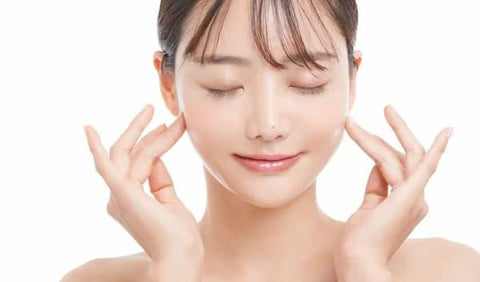
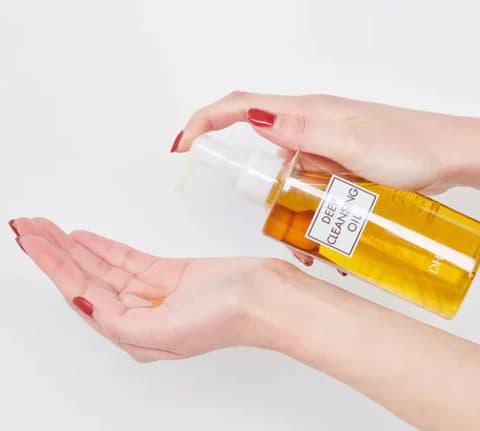
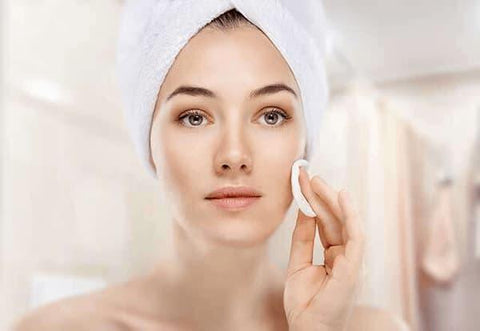
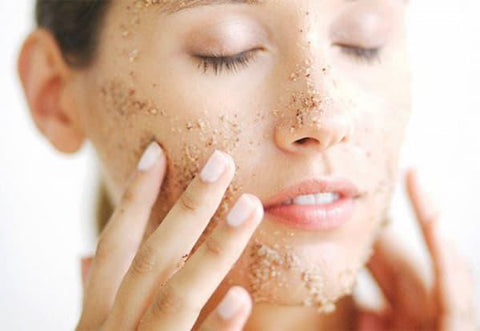
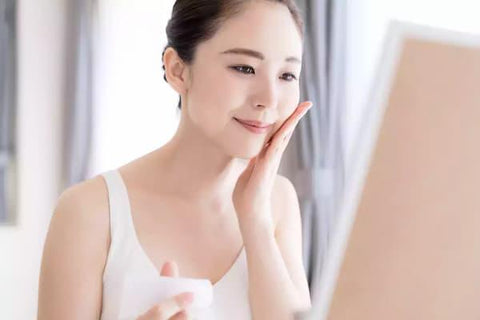
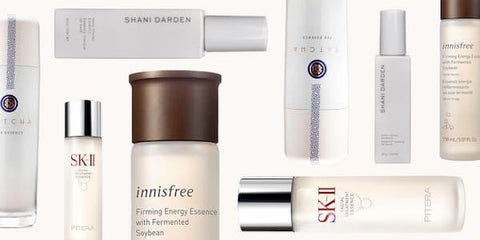


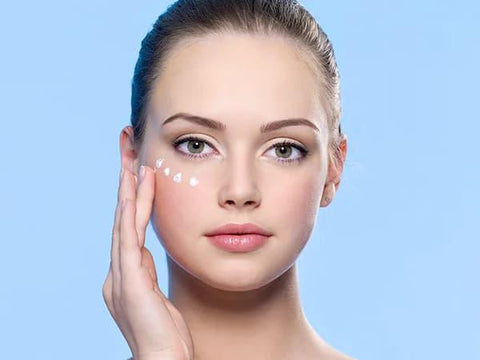
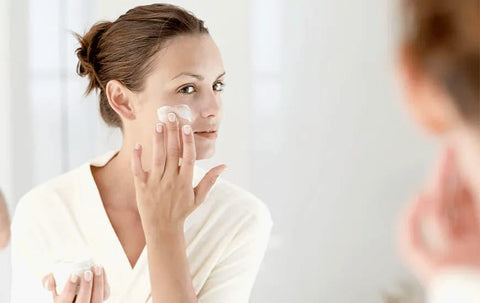












Teilen:
Die Top 5+ natürlichen Schönheitsplegeprodukte sind sowohl sicher als auch wirksam
Feiern Sie den Internationalen Tag der Selbstpflege & den Internationalen Tag der Freundschaft: Tipps, Geschenke und Rabatte